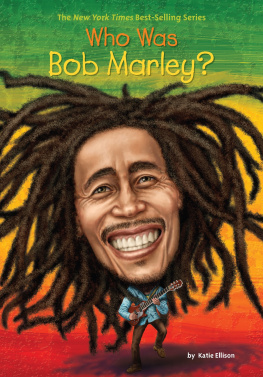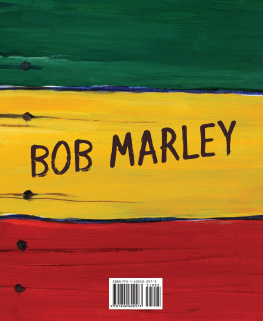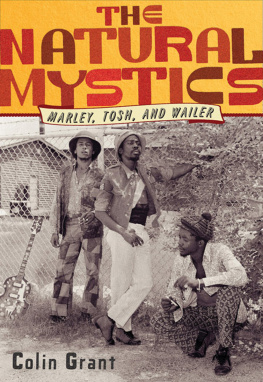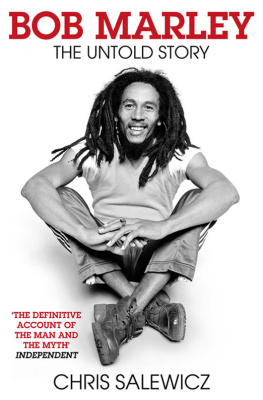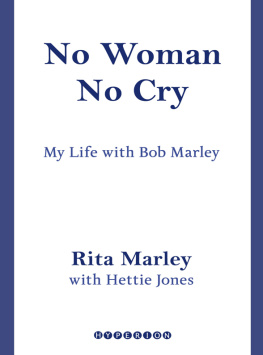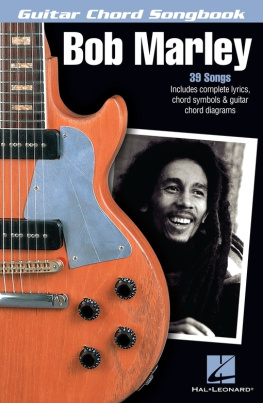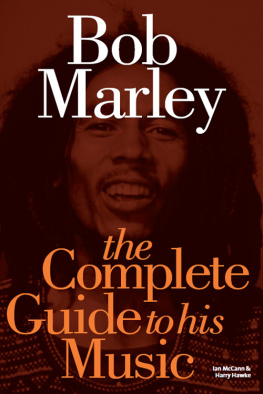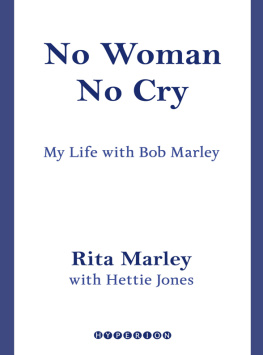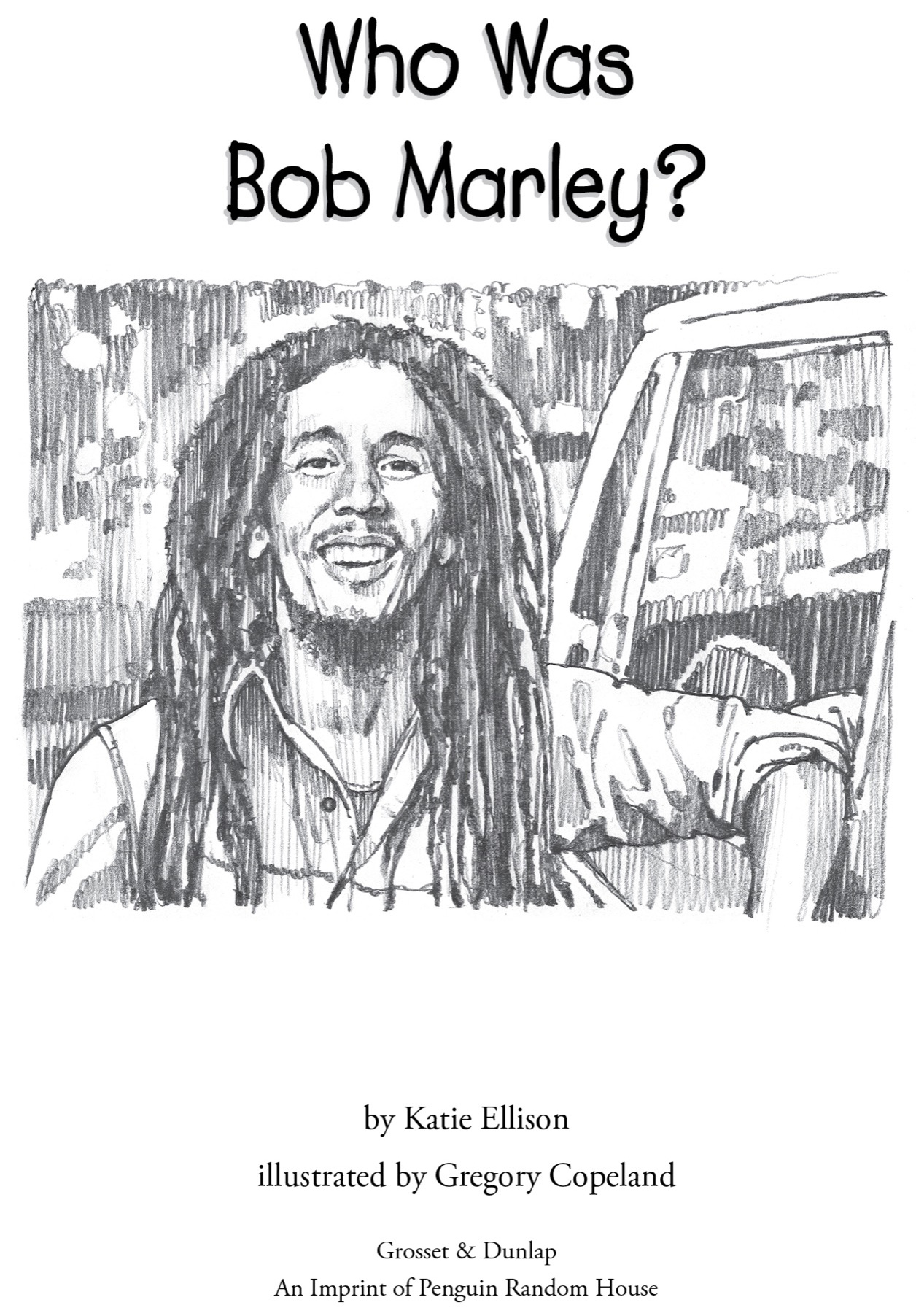For all my teachers and students, and a very special thank-you to Guy CunninghamKE
To my brother, Dr. Rick, to whom Im indebtedGC
GROSSET & DUNLAP
Penguin Young Readers Group
An Imprint of Penguin Random House LLC

If you purchased this book without a cover, you should be aware that this book is stolen property. It was reported as unsold and destroyed to the publisher, and neither the author nor the publisher has received any payment for this stripped book.
Penguin supports copyright. Copyright fuels creativity, encourages diverse voices, promotes free speech, and creates a vibrant culture. Thank you for buying an authorized edition of this book and for complying with copyright laws by not reproducing, scanning, or distributing any part of it in any form without permission. You are supporting writers and allowing Penguin to continue to publish books for every reader.
Text copyright 2017 by Katie Ellison. Illustrations copyright 2017 by Penguin Random House LLC. All rights reserved. Published by Grosset & Dunlap, an imprint of Penguin Random House LLC, 345 Hudson Street, New York, New York 10014. The WHO HQ colophon and GROSSET & DUNLAP are trademarks of Penguin Random House LLC.
Library of Congress Cataloging-in-Publication Data is available.
ISBN 9780448489193 (paperback)
ISBN 9780515157970 (library binding)
ISBN 9781524785185(ebook)
Version_1
Contents

Who Was Bob Marley?
When he was twelve years old, Bob Marley and his mother, Cedella, boarded the bungo-bungo. That was what people in the Jamaican countryside called the public buses. Bob and Cedella were riding from their small, friendly village, called Nine Mile, to Kingston, Jamaicas capital city.
Watching their neighbors wave good-bye, Cedella wasnt as sad as Bob. He was probably thinking about what they were leaving behind: soccer games in the grassy hills and the music his neighbors played on their porches at night. But Cedella was sure she could find a better life for herself and her son in Kingston.
So in 1957, Bob and Cedella rolled down Jamaicas dirt roads in the bungo-bungo to their new home.
They moved to a Kingston neighborhood called Trench Town. When they arrived, Bob was nervous about what he saw.
Trench Town was a part of the city with run-down buildings and streets crowded with people who were very poor. Many called it a slum. There was no indoor plumbing, so the people of Trench Town had to collect water from pumps in public spaces, called yards. Public yards were like dusty parks set in the middle of big concrete apartment buildings that had been built by the government.
Trench Town could be a dangerous place. People sometimes stole from one another and fought in the street. Bob kept to himself and observed his new neighborhood, trying hard to feel at home there.
Bob noticed that the public yards were where neighbors gathered to talk or play cards and soccer. Some kids played music there. Sometimes it could seem almost like Nine Mile!
When Bob played his guitar in the yard by his house, other kids noticed how talented he was. They even asked to play with him.
Singing and playing with his new neighbors in the public yard, Bob celebrated the good things in life, like having a full meal and a close friend. It seemed the struggles of the poorest people in Kingston made them appreciate the joy that music brought to their lives more than anyone Bob had ever met.
Thats when Bob knew he always wanted to make musicthe kind that brought people together to share simple, everyday joys. And Bob went on to do just that. His music continues to inspire and uplift people everywhere.
CHAPTER 1
The Country Boy
By the time Robert Nesta Marley was born in 1945, the island country of Jamaica had been ruled by Great Britain for nearly three hundred years. Bobs father, Norval Marley, was a white man who was employed by the British government. Norvals job was to manage government-owned property in the village of Nine Mile in the district of Saint Ann Parish, Jamaica. A parish is another name for a county. Jamaica has fourteen parishes.

Norval Marley
Norval was a little over sixty years old when he moved to a small shack in Nine Mile. He soon fell in love with Cedella Malcolm, a beautiful black Jamaican girl much younger than he was. Cedellas grandmother owned the shack where Norval lived. By the time Cedella was eighteen, she was married to Norval and expecting her first child.
Neighbors did not approve of Cedella marrying a white man so much older than she was. Cedella wanted to build a better life for herself and hoped Norval would help her see the world beyond the Jamaican countryside.
But soon after the marriage, Norval had to leave Nine Mile. He said that working in the hills was not good for his health. He needed to find an easier job in Kingston. Norval promised Cedella he would return. Years later, he did, but only for a short time. They never lived together again.
Their baby, Robert Nesta Marley, was born in Nine Mile on February 6, 1945. From the start, Bob was a good boy. With his father gone, his grandfather taught him many things. He explained Bible stories to Bob and taught him how to farm potatoes and yams. Bobs grandparents were always proud of how hard he workedeven when he was very young. Bob was a quick learner at everything he did. His teachers at school said he was ahead of the other kids in his class.
Sometime before he turned ten, Bob stepped on a piece of glass while playing soccer barefoot. The cut on his toe became infected. Bob limped for a long time. Finally, Bobs cousin brought him some natural medicine that he had made from herbs. His foot healed, but it was never quite the same.
While he rested, Bob picked at a guitar that the same cousin had made for him out of bamboo and goatskin. He spent hours and hours with the guitar while his foot healed.
Folk Instruments of Jamaica
For much of the twentieth century, people in the Jamaican countryside made their musical instruments by hand. One of the most popular was the rumba box. A rumba box is usually made of wood, and it has a hole cut in the front like a guitar. But unlike a guitar, a rumba box has small metal strips screwed in a straight line at the bottom of the hole. The metal strips are like keys on a piano. The rumba-box player sits on top of the box and reaches down to play the keys.

